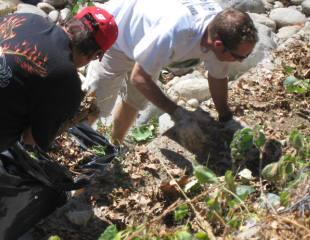Considering a funding campaign?
Are you thinking about, planning to, or already launching a major funding campaign for your non-profit organization? If so, undertaking a large-scale initiative can be a great deal of fun, which requires significant planning and execution. We continue to learn about non-profit organizations addressing the implementation of major giving campaigns to fund capital, endowment, and …





